•René Reyes, a researcher at the Forestry Institute (Infor), pointed out that, from the supply side—meaning the wood obtained from forests—he recalls that between 1989 and 2000, native wood chips were exported from the regional capital.
"A significant portion of the firewood sold in Puerto Montt originates from illegal logging of native forests," asserts René Reyes, a researcher at the Forestry Institute (Infor), Valdivia branch, who spoke at the seminar "Firewood Supply and Demand: Challenges for Energy Sustainability in the Los Lagos Region," organized by this entity and the Regional Ministerial Secretariat (Seremi) of Agriculture, held in Puerto Montt.
On this occasion, Reyes analyzed the supply and demand of biomass and its sustainability in the Los Lagos Region, with an emphasis on the province of Llanquihue and Puerto Montt as the regional capital. An exploration that included some historical elements.
From the supply side—meaning the wood obtained from forests—he recalls that between 1989 and 2000, native wood chips were exported from the regional capital, a period in which "20 million cubic meters were extracted from the forests (almost twice Chile's annual firewood consumption), which meant a massive depletion and a significant loss of native forest that now poses a threat to firewood supply."
He adds that for this reason, "the forests deteriorated, and there was extensive deforestation in the province of Llanquihue, reducing the native forest's ability to supply the firewood market in Puerto Montt."
During this decade, shipments of native wood chips were sent from Angelmó to Japan. "It was a time of widespread forest destruction in Los Muermos, Calbuco, Maullín, Fresia, and Puerto Montt."
-What species were extracted?
-We're talking about coigue, lumas, ulmos—everything found in the native forests of the area. On the other hand, firewood demand increased significantly due to Puerto Montt's demographic growth driven by the expansion of aquaculture.
So, on one hand, we have fewer forests or less wood to supply this market due to overexploitation, and at the same time, an increase in demand for this product due to the rapid and inorganic growth of this city over the last 15 to 20 years, starting in the '90s with the salmon farming boom in the area. This situation creates an imbalance, resulting in much of the wood coming from the province of Osorno and even the Araucanía Region to meet the firewood demand of the regional capital.
-Has this scenario led to an increase in informal sales of this product?
-A significant portion of the firewood sold in Puerto Montt originates from illegal logging of native forests. Some is even stolen from the Araucanía Region and other parts of Chile, which is problematic considering that some merchants in this city have made efforts to become certified and improve their business practices.
The existence of this black market constitutes unfair competition for them, as the firewood arrives at a lower cost due to its informal origin.
CURRENT SITUATION
-What is the current availability of forests?
-In the provinces of Llanquihue and Chiloé, we are in a very critical situation regarding native forests. It is likely the most critical nationwide in terms of logging, as deforestation due to urban and agricultural expansion, along with the influx of families from central Chile (during COVID-19), is causing their deforestation and degradation due to the overexploitation of certain species, such as tepú and ulmo.
Now, a significant part of the responsibility for this threat in these provinces lies with consumers, who continue to choose species that are becoming scarce in the area. Therefore, it is urgent to establish a national policy that allows for the recovery of native forests and diversifies the energy matrix to transition toward pellets or other energy sources.
Also, improving housing construction to make them more efficient and require less heating.
-Do the biofuels law and the atmospheric decontamination plan (PDA) address these issues?
-The atmospheric decontamination plan for the northern macrozone of the region should include significant public investment in thermal retrofitting of homes and transitioning to pellets, which is the remaining alternative because electricity prices are rising, making it unviable for most Chilean families, just like liquefied gas and kerosene, which are expensive.
So, the only viable alternative to relieve pressure on native forests is to move toward pellets and improve homes to reduce heating energy demand.
PUBLIC POLICIES
-Do you think this plan facilitates an adequate transition to new heating sources?
-The PDA's mistake is proposing a ban on firewood. Viable public policies must be defined, and banning people in Puerto Montt from using this fuel is not one of them because, from a socioeconomic standpoint, many low-income or middle-class families cannot transition to pellets or other energy sources and still need to use firewood.
So, the controversy stems from this stubbornness sometimes seen in certain public sectors to promote firewood bans, which has not only happened in Puerto Montt but also in Temuco and other parts of Chile. However, it is always concluded to be unviable because, socially, most families cannot afford heating sources other than firewood. Instead of banning, incentives are needed.
Source: subscription edition ofEl Austral de Osorno


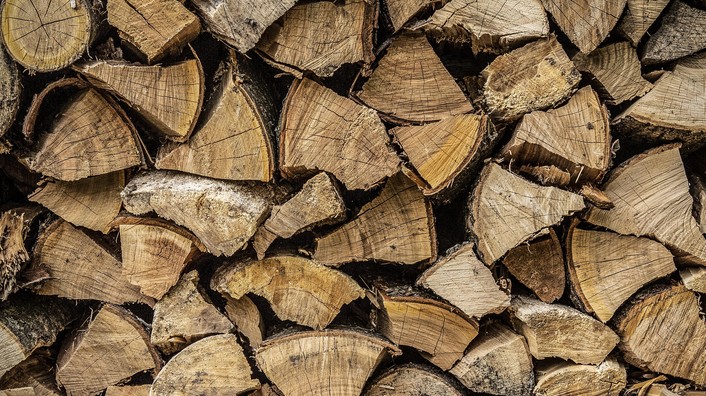
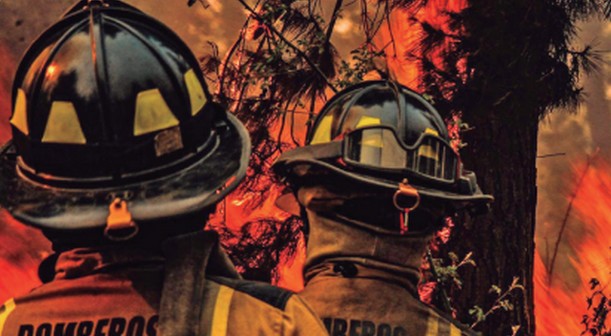
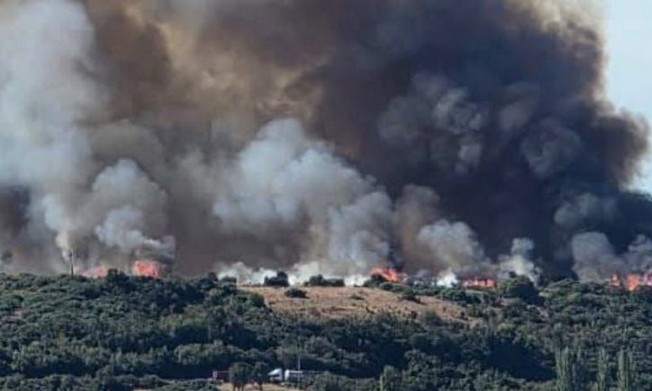
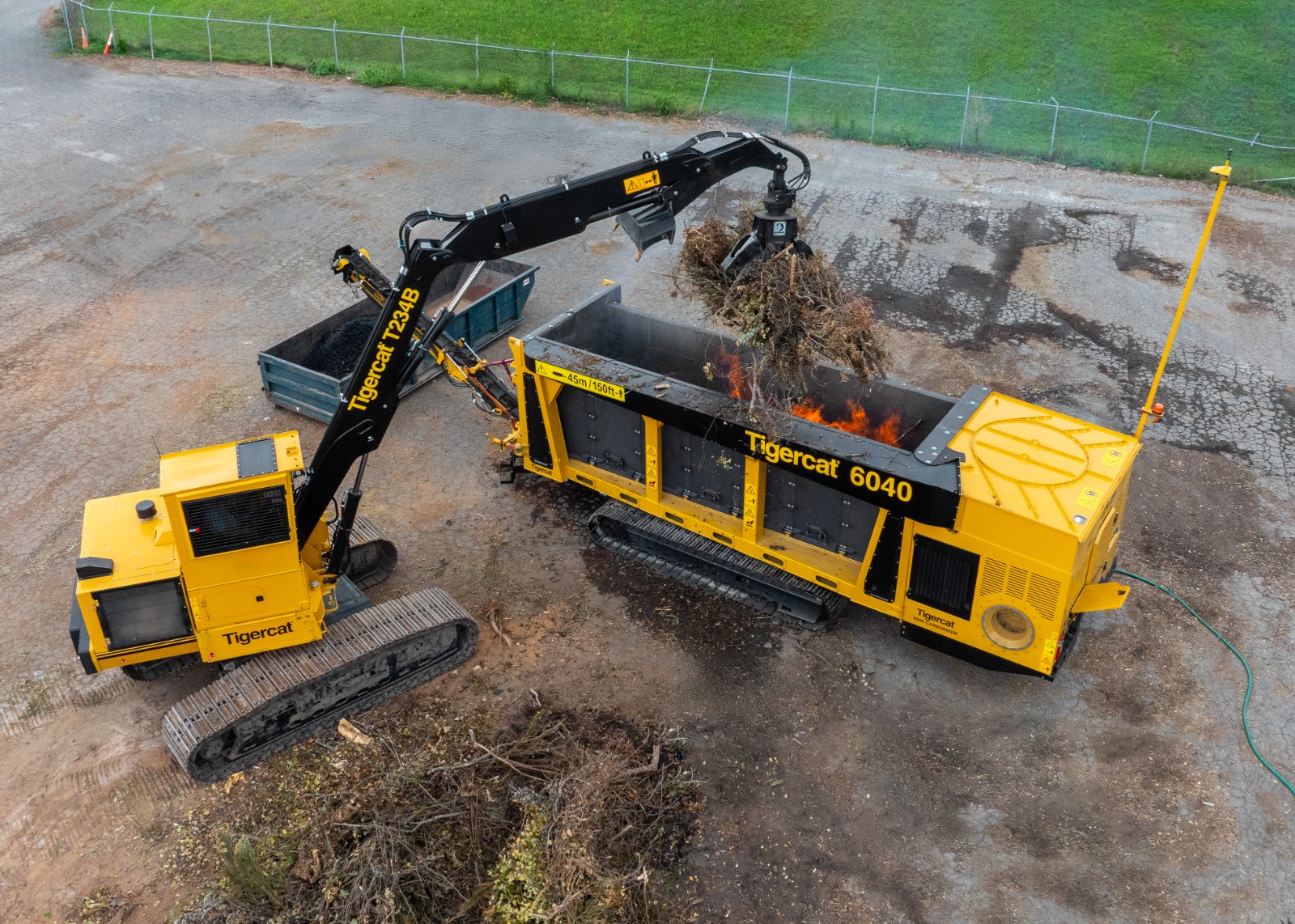
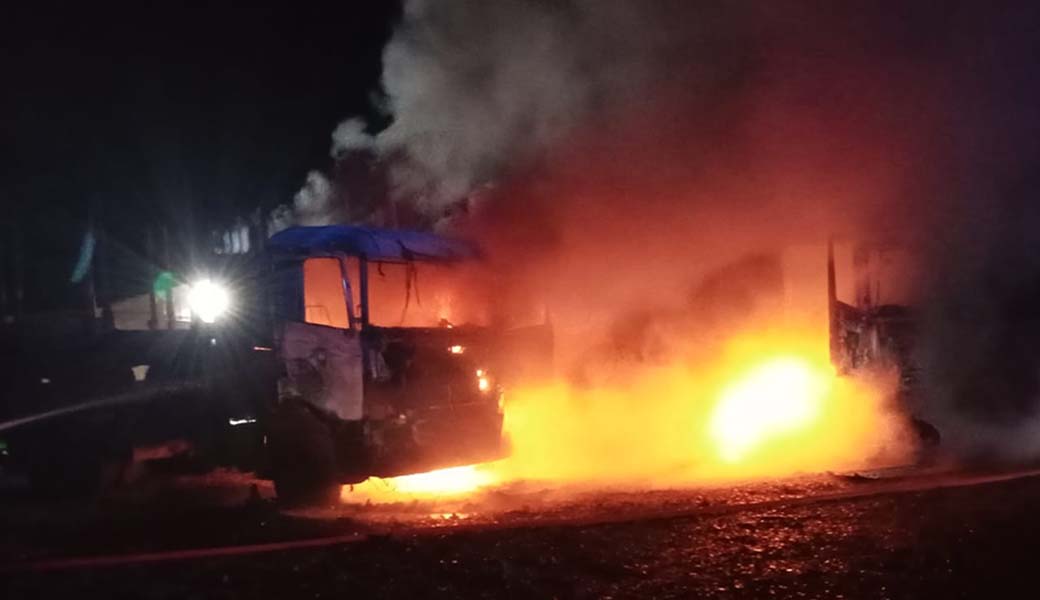
Comments (0)
No hay comentarios aún. ¡Sé el primero en comentar!
Deja un comentario